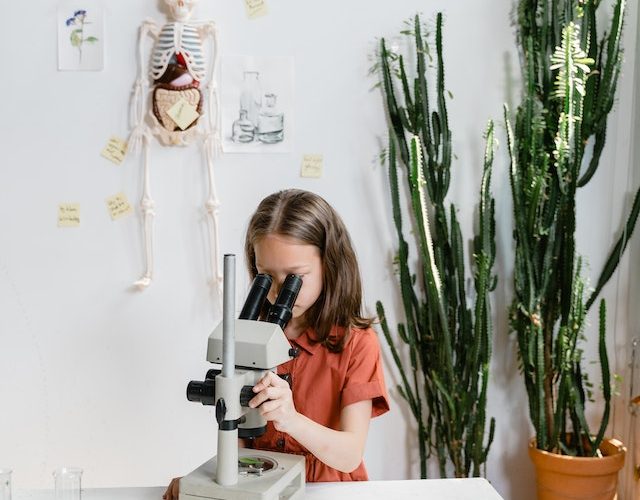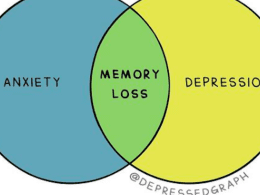Mastering human anatomy through self-study can be a rewarding and challenging endeavor. Whether you’re a medical student, an artist, or simply interested in understanding the intricacies of the human body, here are some tips to enhance your self-study journey:
- Establish a Structured Study Plan: Create a study schedule that allocates specific time for anatomy learning. Consistency is key, so aim for regular study sessions to build a solid foundation of knowledge.
- Utilize Reliable Resources: Gather reputable anatomy textbooks, atlases, and online resources to aid your study. Some recommended textbooks include “Gray’s Anatomy for Students” by Richard Drake and “Atlas of Human Anatomy” by Frank Netter. Online platforms like Kenhub and TeachMeAnatomy offer interactive and comprehensive anatomy resources.
- Start with the Basics: Begin by understanding the anatomical terminology, body planes, and directional terms. Familiarize yourself with the major organ systems, their structures, and functions. This foundational knowledge will facilitate deeper learning.
- Visual Learning: Anatomy is highly visual, so incorporating visual aids is essential. Refer to anatomical illustrations, diagrams, and 3D models to visualize the structures in different perspectives. Online platforms such as AnatomyZone and Complete Anatomy offer interactive 3D models that allow you to explore the human body in detail.
- Hands-On Learning: Supplement your self-study with hands-on experiences whenever possible. Seek opportunities to examine anatomical models, prosections, or even cadavers in a controlled educational setting. If such resources are not easily accessible, consider using virtual dissection tools available online.
- Study Groups or Partners: Joining a study group or finding a study partner can greatly enhance your learning experience. Collaborating with peers allows for discussions, sharing of knowledge, and reinforcing concepts through teaching and questioning.
- Annotate and Summarize: As you study, take notes, highlight key points, and create summaries or concept maps. The act of summarizing information in your own words helps solidify your understanding and aids in recall.
- Practice with Quizzes and Flashcards: Regularly test your knowledge with quizzes and flashcards. Many online platforms, such as Quizlet and Anki, offer pre-made anatomy flashcards or the option to create your own. Quizzing yourself helps identify areas of weakness and reinforces learning.
- Clinical Relevance: Understand the clinical applications of anatomy to appreciate its practical significance. Explore clinical case studies, medical imaging, and surgical videos to bridge the gap between theoretical knowledge and real-world applications.
- Stay Motivated and Seek Help: Anatomy can be challenging at times, so staying motivated is crucial. Set achievable goals, reward yourself for progress, and don’t hesitate to seek help from instructors, mentors, or online communities when needed.
Remember, mastering human anatomy is a continuous process that requires dedication, perseverance, and a genuine interest in the subject. Embrace the journey and enjoy unraveling the wonders of the human body!












